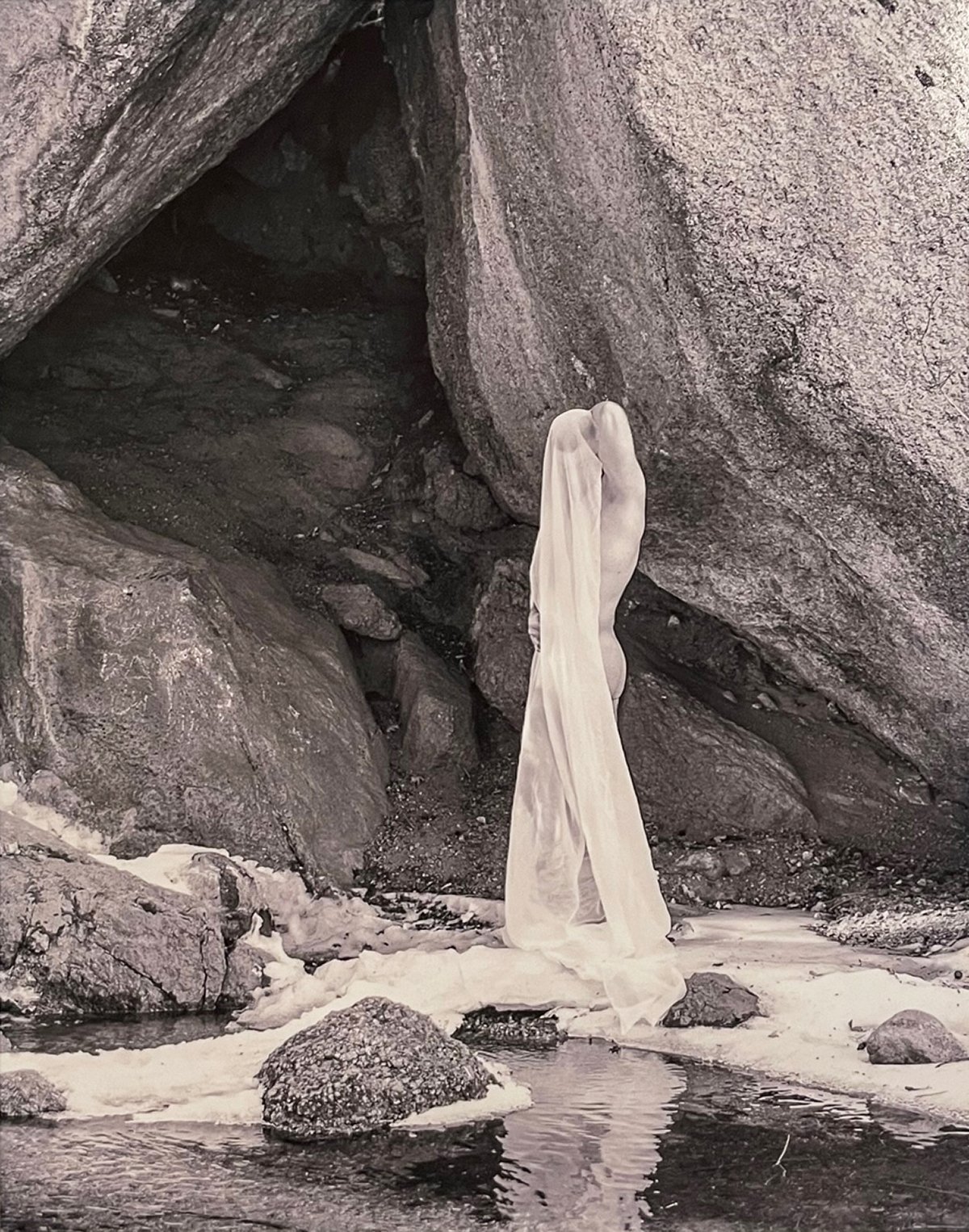The Arvada Center’s three newest exhibitions explore the history, traditions, and aesthetic of the San Luis Valley, affectionately known as the Valley. In the Main Gallery, Emilio Lobato’s retrospective A Mi Manera: A 40-Year Survey encompasses the Valley native’s innovation and numerous stylistic changes. Meanwhile, two group exhibitions, Latitude 37°: Art of Southern Colorado and Colcha Embroidery of the San Luis Valley, embody the region’s influence and relationship to colonialism and hybridity, respectively.
Welcome to DARIA: Denver Art Review, Inquiry, and Analysis, a publication devoted to art writing and criticism focused on the Denver-area visual art scene. DARIA seeks to promote diverse voices and artists while fostering critical dialogue around art.





















